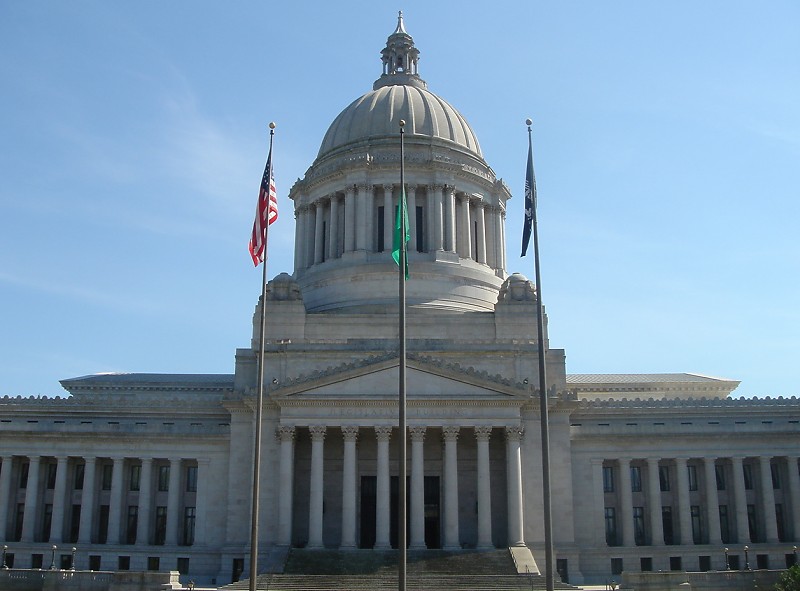[Update: Chopp may be reconsidering, there could yet be support for the Liias amendment if he gets enough pressure. Please call him – that’s on SB 6774! The bill we need calls to Gregoire on is SB 6381 – we want her to veto the “private provider” provision.]
Sources in Olympia tell us that transit is under attack in the legislature right now on two fronts – as usual. Today, though, there’s at least something we can do!
First, we understand that Mary Margaret Haugen attached a requirement to regional mobility grant funding – transit agencies would only be eligible for these grants if they provide access to their facilities for private transit operators (airport shuttles, limousines, etc.), under a “pilot project”.
Transit champion Rep. Simpson submitted seven different amendments to try to straighten things out – from requiring FTA approval (PDF), all the way to renaming the requirement the “The Legislature Forces Public Transit Providers to Convert Publicly Purchased Infrastructure into Private Property or Risk Losing State Grants and the Gift of Public Funds Pilot Project.” Of his amendments, two passed, but neither removed the teeth of the requirements. The bill’s headed to the Governor.
Given that the federal transit administration has already pointed out significant problems with the state’s plan, it would be a good step for the Governor to veto the private operator provision – and we’re hearing that with enough pressure, that could be a possibility. If you want to help, call her office at 360-902-4111 and urge her to veto the private transit provider provision in the transportation budget!
In addition, Representative Liias’ amendment to provide emergency funding for Community Transit and Pierce Transit is almost dead. Even with TCC, Futurewise, Pierce Transit and the ATU fighting for it, the Senate voted against concurring with the House transportation funding bill it’s attached to, requesting that the House “recede from” (remove) the amendment.
This means the transportation funding bill will go into conference committee, and we’re hearing Liias may be forced to remove the amendment, under pressure from Haugen. Either Chopp or Clibborn (especially Chopp) could step forward to ask House Democrats to defend the funding amendment. It’s frustrating to hear from a representative that they’re supportive of transit, but see no evidence of that in their actions.
So in addition to calling the Governor, your other action item today could be calling or emailing Speaker Chopp’s office to let him know you want Liias’ transit funding amendment on SB 6774 saved! Chopp’s office phone is 360-786-7920, and he’s chopp.frank@leg.wa.gov.













